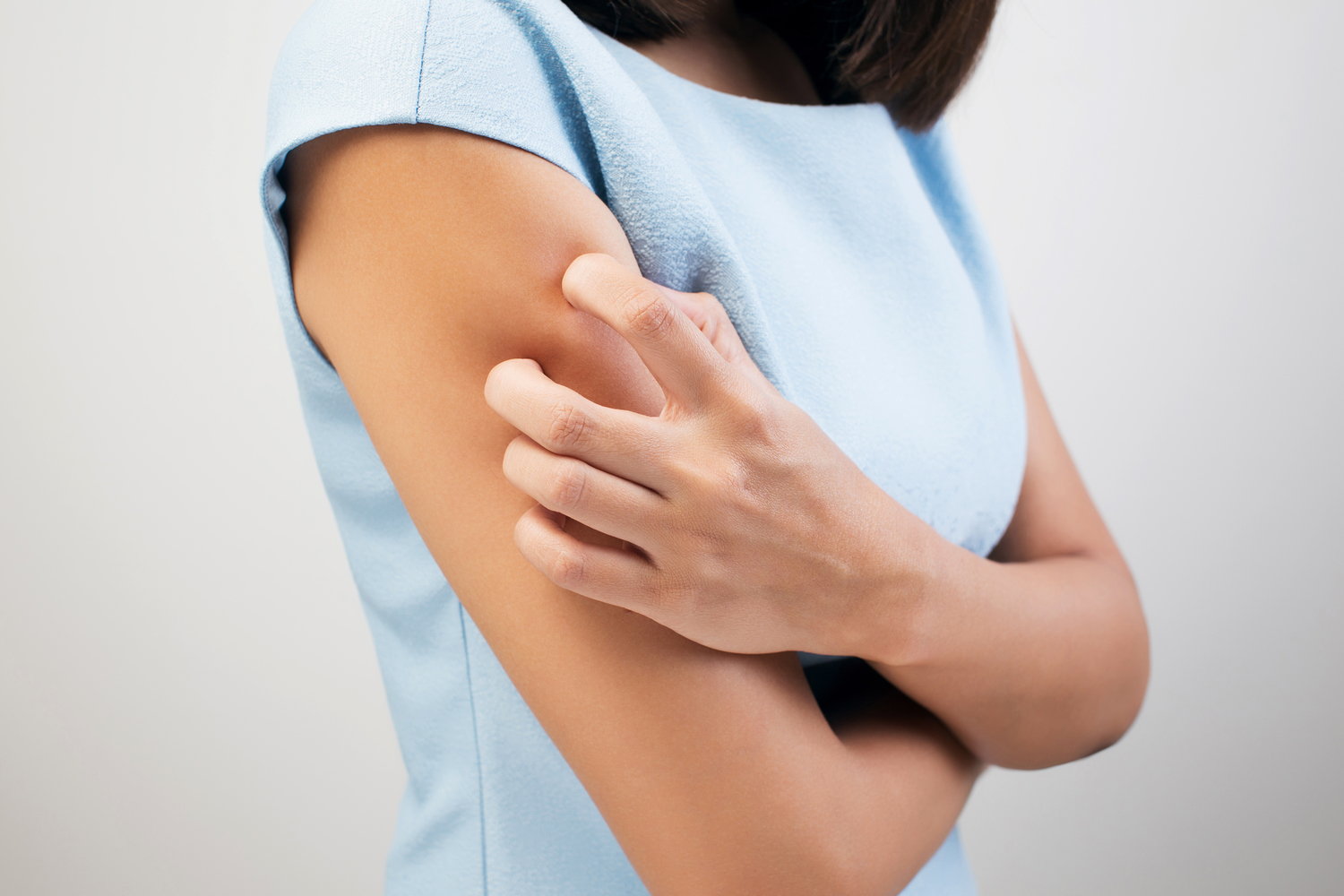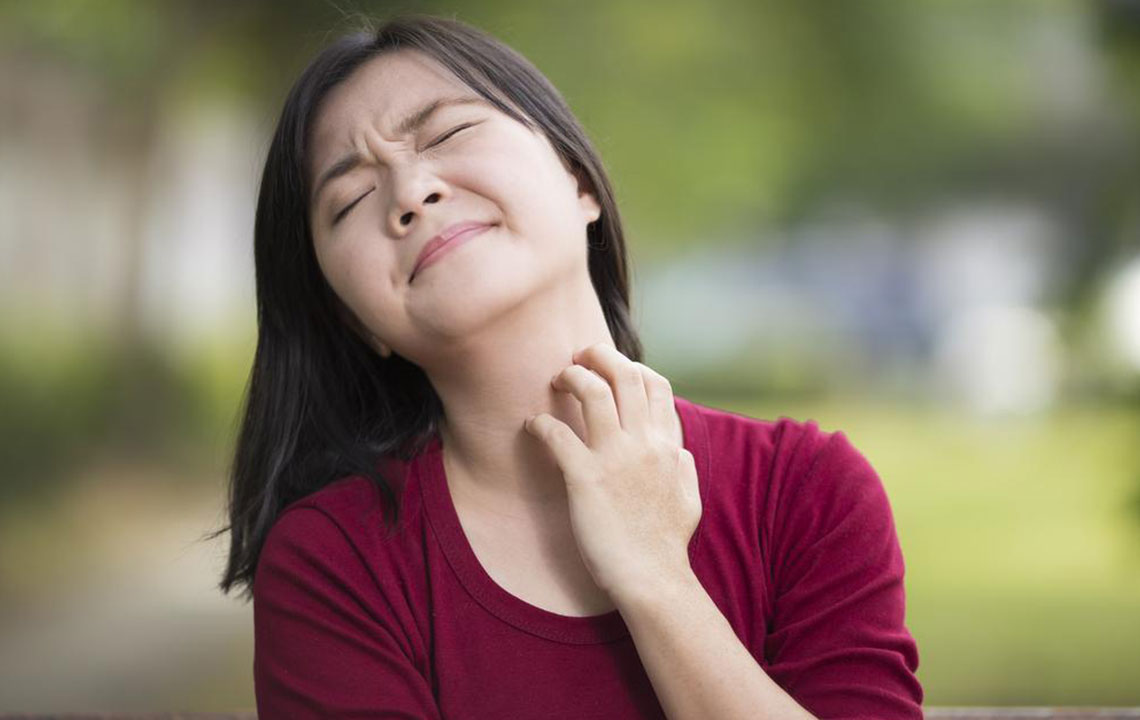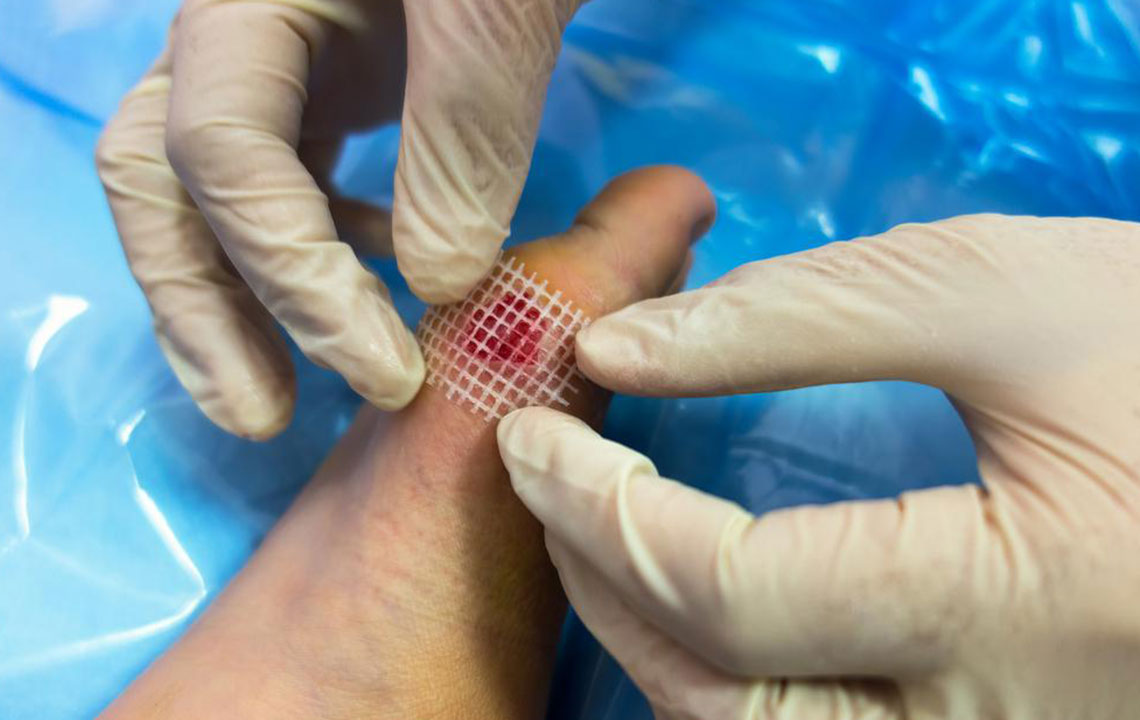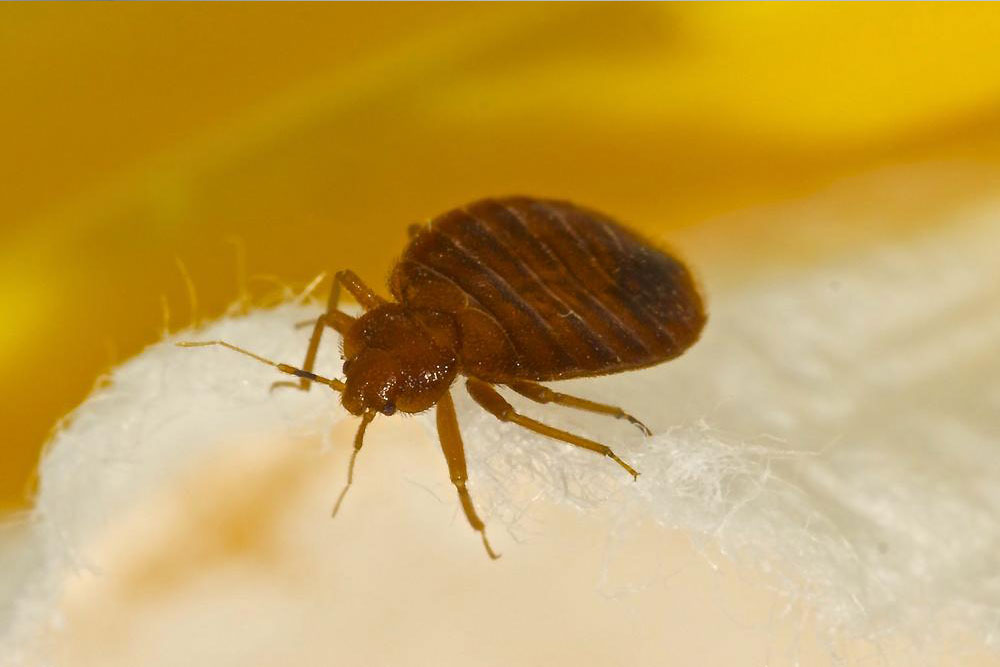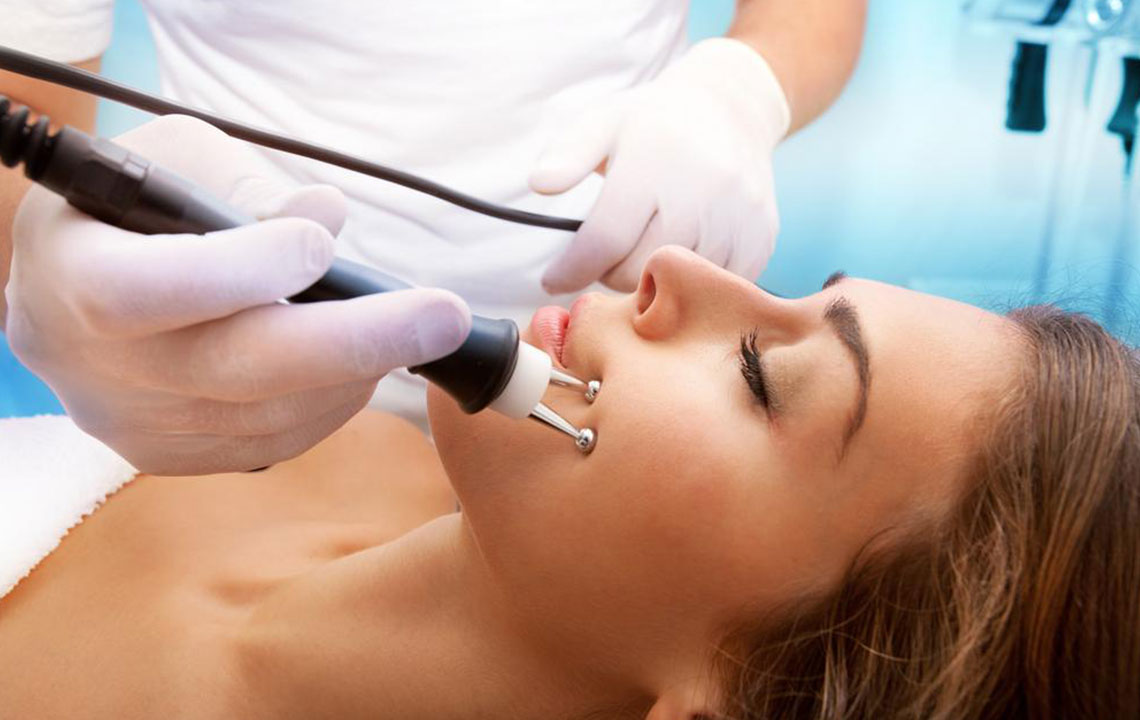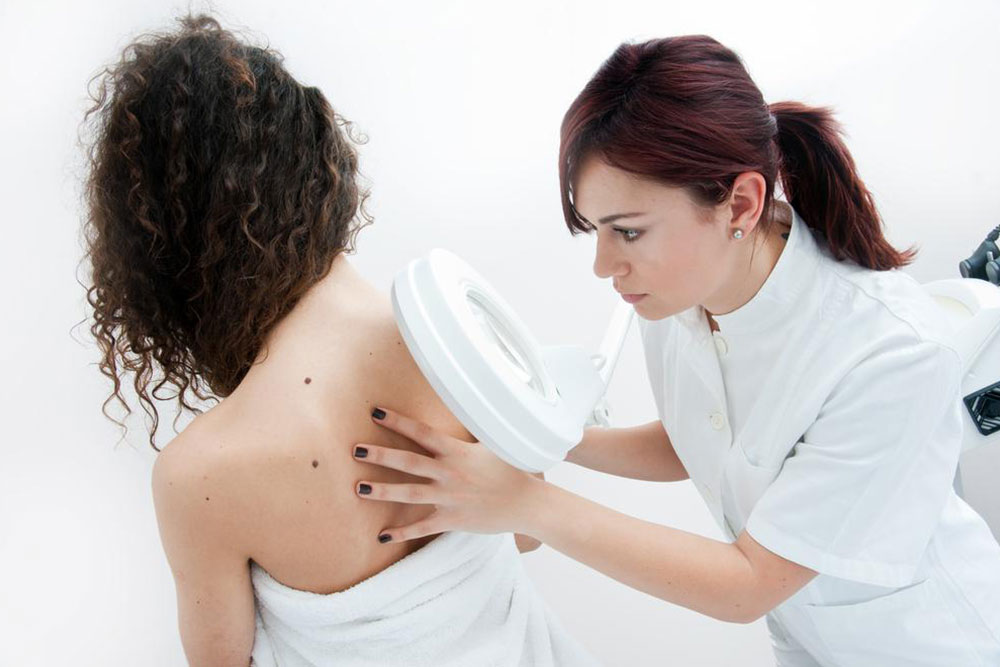Comprehensive Guide to Pityriasis Rosea: Symptoms and Effective Treatments
This article offers a detailed overview of pityriasis rosea, covering its symptoms, causes, and various treatment options. It highlights both medical and natural remedies to help manage this common skin condition effectively. Readers are encouraged to consult healthcare professionals for personalized advice and persistent symptoms.
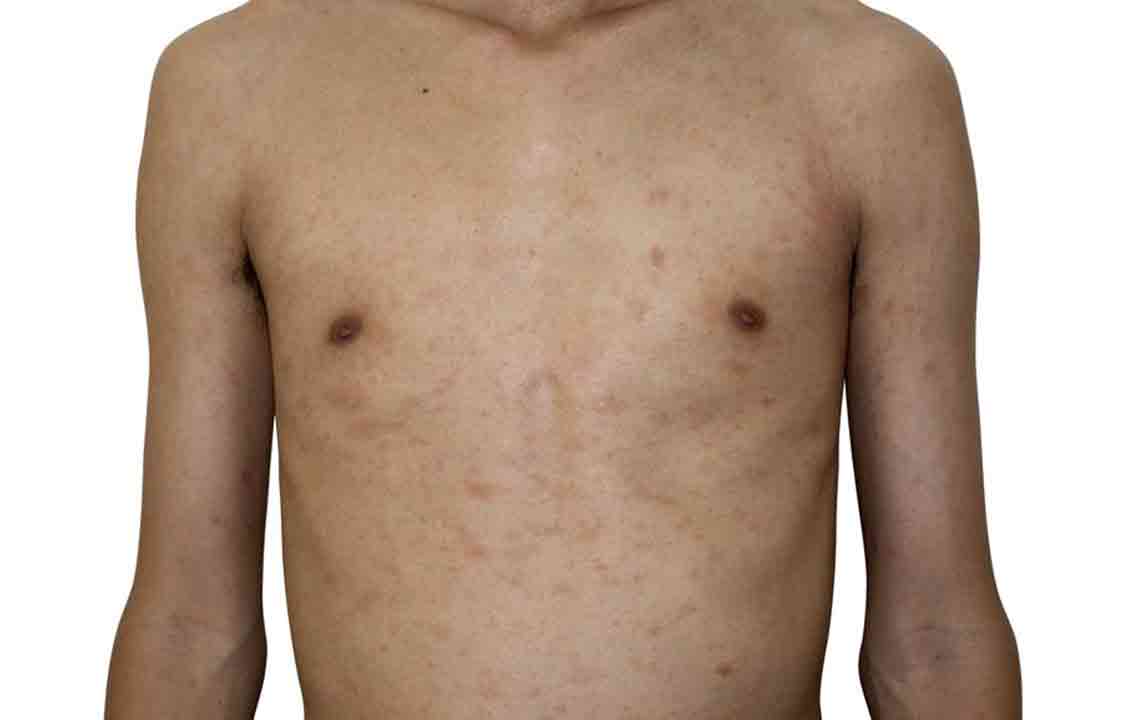
Comprehensive Approach to Managing Pityriasis Rosea
Pityriasis rosea is a common skin condition characterized by distinctive rashes that can be intensely itchy but usually painless. Starting with a single patch, the rash spreads across the torso, back, or abdomen over several weeks. The skin lesions are oval-shaped and may form tree-like patterns. Typically, affected individuals experience mild symptoms like inflammation, itching, and redness, with some also experiencing flu-like symptoms. The exact cause remains unknown, and the condition is not contagious through direct contact.
The rash often appears in immune-related patches, sometimes accompanied by general discomfort. While it can be bothersome, pityriasis rosea generally resolves independently, but treatment can expedite relief. Consulting a dermatologist is recommended for symptom management and reassurance.
Effective treatment options include medications, light therapy, topical remedies, and natural approaches. Medications such as antihistamines, corticosteroids, and antibiotics can reduce symptoms like redness and itchiness. Controlled exposure to sunlight or UV therapy can improve skin appearance by boosting Vitamin D levels. Zinc-based lotions help soothe irritated skin, and gentle, fragrance-free soaps prevent further irritation. Cold compresses can also offer temporary relief from inflammation.
Natural therapies such as oatmeal baths, aloe vera gel, and coconut oil can help calm the skin, reduce redness, and promote healing. It's advisable to wear loose, breathable clothing, and maintain a comfortable indoor environment to prevent aggravating the rash. If symptoms persist beyond a few months, medical evaluation, including blood tests or skin biopsies, should be sought to rule out other conditions.

